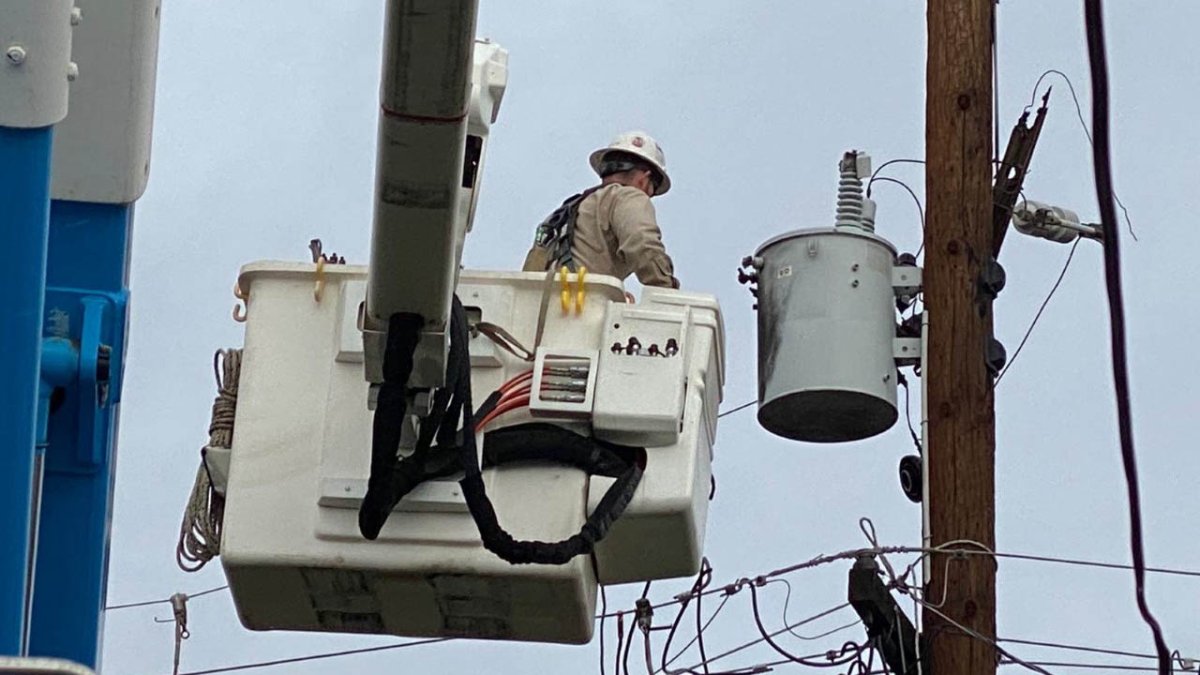This selling back from a battery is not something that will be allowed to happen I expect. I just would like to have batteries that can move
Without either (a) individualized use battery back up, or (b) utility level back up, individual solar generation in, say California, is basically over. Solar is now, today, at this moment, on a relatively bad solar day, at over 50% of California state wide demand.
I have seen it even higher, but the whole NEM 3 movement was because Utilities cannot simply survive in a situation where solar provides 100% of statewide energy until like 5:00 p.m. and then they have to turn on a bunch of plants. It doesn't matter how many names you call them, that's unworkable.
Its also unworkable, after you call them a name or two, for them to act as anyone's "battery" past a certain point, and given the economic unreality of having energy forced on them for free and then having to give credits at retail at night ........... well, we have all had our say on how that reality should be adjusted, but until the gang on this board is appointed as the CPUC, there will be no reform.
Can you imagine, your a utility and you got 40,000 mwh during the day and you have to provide it for "free" at night?
The point is that regardless of economics, battery back up is the only way that solar can sustainably work until utilities come up with utility level back up, which they are barely dabbling in.
I will say this before withdrawing again, the whole idea of computing return as some number of years is misleading. Simply treat the batteries as part of the system, like wiring (albeit an expensive part) and compute the cost of the system over 20 years, and come up with a cost per kwh. Even with batteries, that cost is less than paying the utility.
It used to be some much less, basically like one third the cost, that you could convert the calculation into years -- like say, 7 years (about one-third of 20).
But if its only 2/3 of the cost its now 13 years, or if its 3/4 the cost its now like 15 years.
But 3/4 the cost also means that a $400 per month bill is $300. That's still a reason do do solar and batteries, but you need batteries long term. The era of solar only is now over.
The industry will chug along like its not over, but its effectively over.




